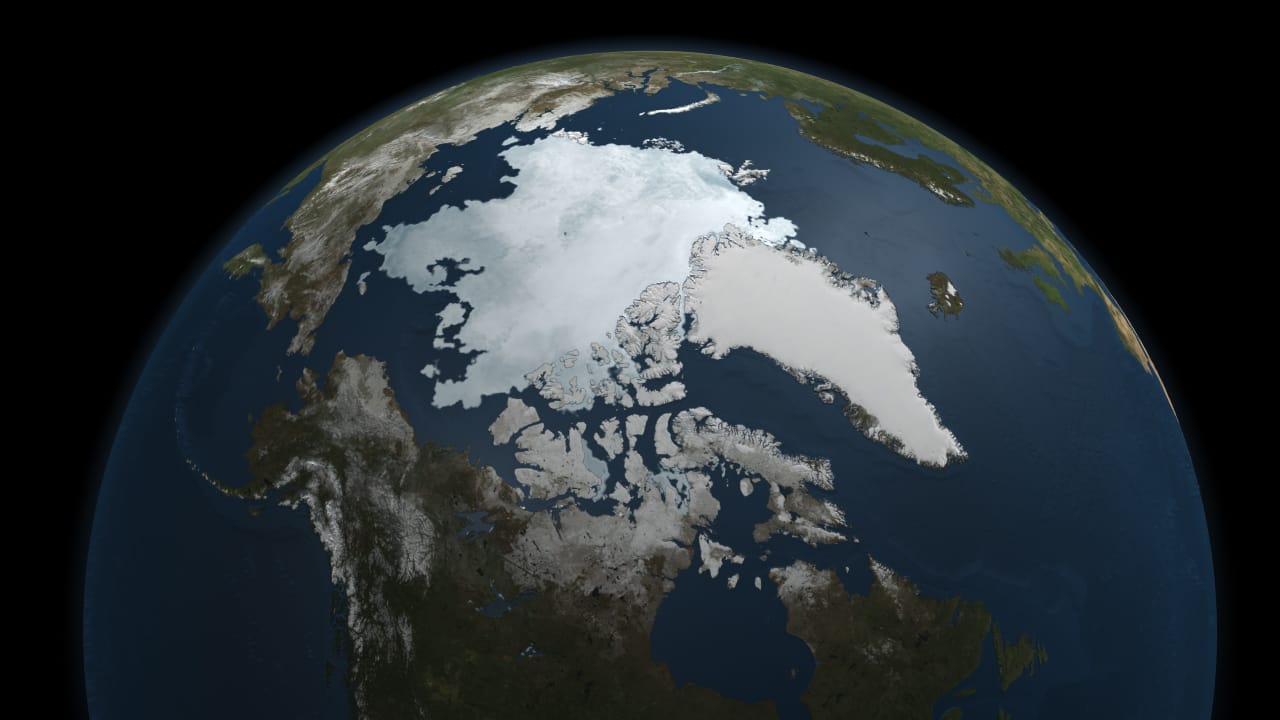Have you noticed anything out of whack about Earth since 2015? I’m speaking, of course, about how our planet’s wobble started shrinking that year, a mysterious shift that scientists have been puzzling over ever since.
Now, researchers think they might have an explanation for the sudden decrease in the Chandler wobble (CW), a deviation in Earth's rotational axis relative to its crust that causes a drift of about 20 feet over a cycle of roughly 14 months. The recent off-kilter wobble, known as the CW reduction event, may have been largely sparked by “mass anomalies” after the La Niña of 2010–2011, according to a new study published in Geophysical Research Letters.
That particular La Niña event was one of the strongest on record and it was “followed by significant ocean mass loss due to changed precipitation and evaporation patterns, providing a possible cause of the CW reduction event,” reports the study.

